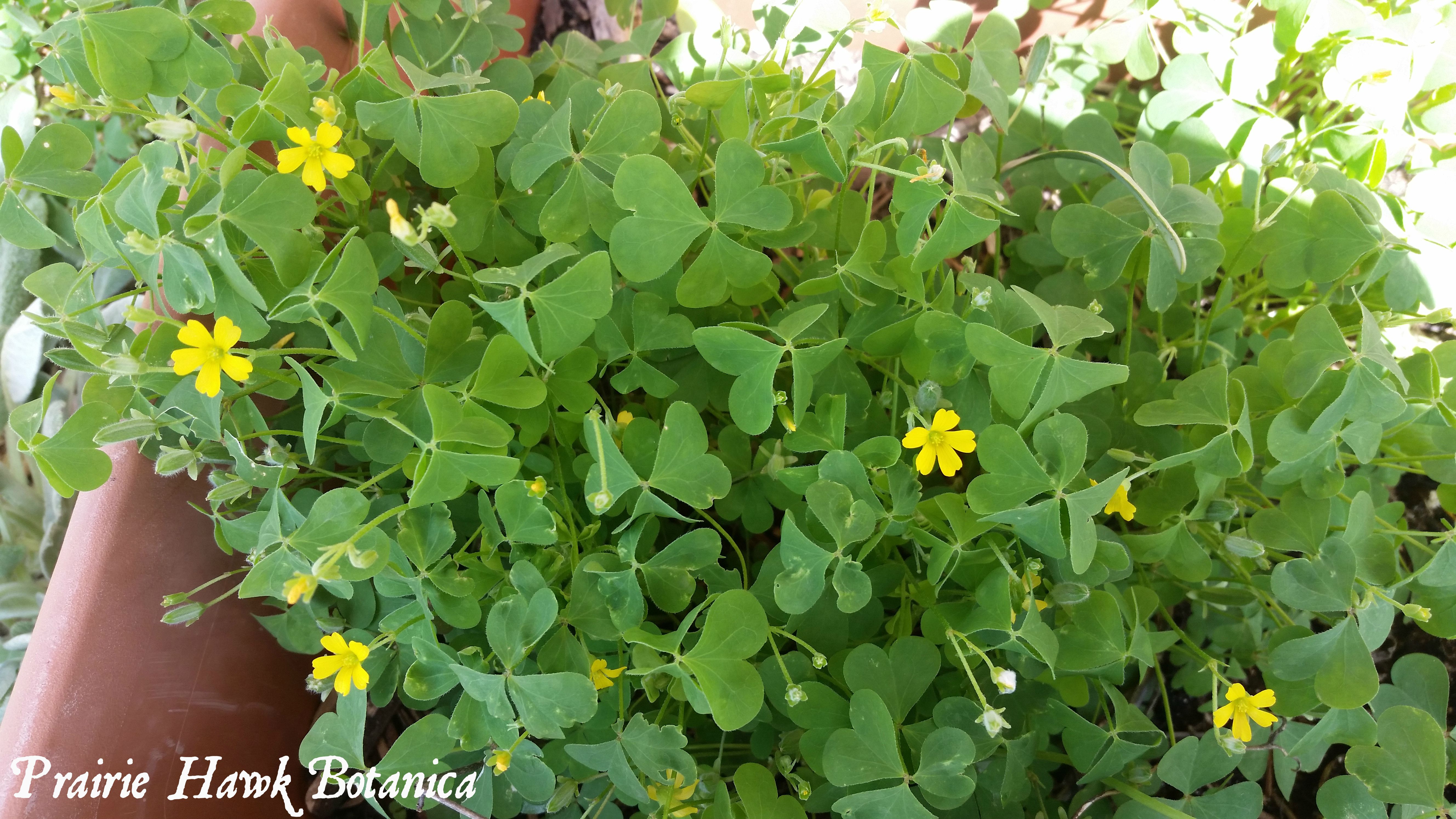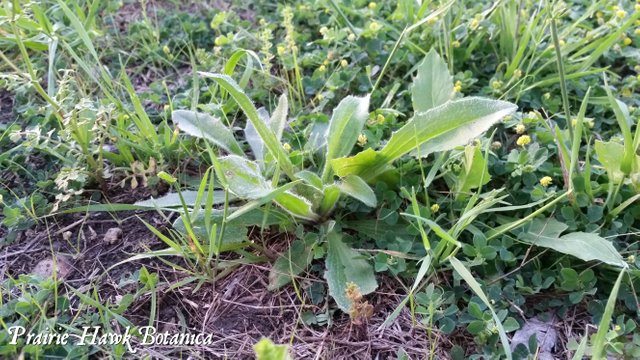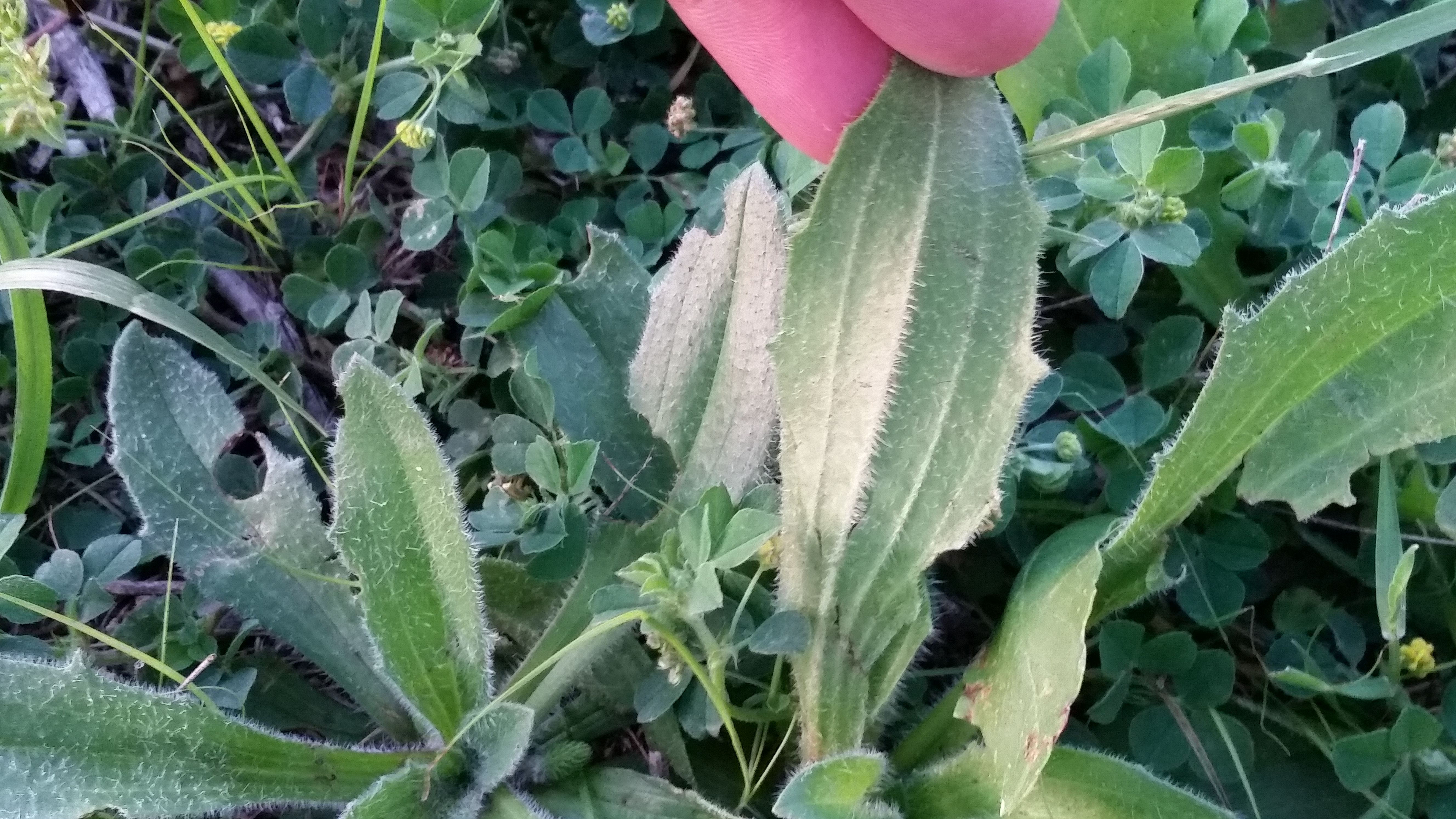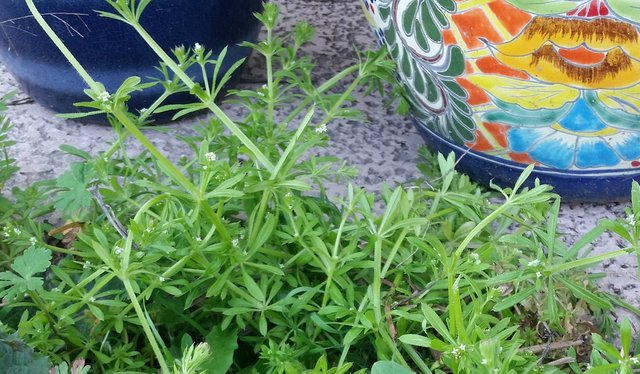Three Springtime Backyard Weeds to Look For
Just wanted to share a few quick photos of some of the wild plants growing right now. Keep in mind that I'm in North Texas, so while these are springtime "weeds," they may show themselves on your property earlier or later in the season, depending on where you are.
Wood Sorrel

Wood sorrel (Oxalis genus). Image by Jennifer Capestany.
Wood sorrel is the common name for an array of wild growing species in the oxalis genus. Many Americans call them clover or shamrocks. Shamrocks are a bit of a catch-all name for several species, but this plant is not really clover (Trifolium genus). Note the indentation in each leaf that gives it a heart-shaped look. That's a good sign that you're looking at sorrel and not a clover. Sorrel is considered an edible plant, though large amounts can contribute to kidney stones in some, due to sorrel containing oxalic acid. Be sure to drink lots of water when you eat sorrel to help counteract this effect, and don't eat more than a good-sized handful at a time. Sorrel is a great salad green with its bright, tart taste. I like to add it to herbal infusions. That's a great way to combine sorrel with a good quantity of water without having to think about it too much. Flowers, roots, and seed pods are all edible.
Plantain

Plantain (Plantago rhodosperma in this case). Image by Jennifer Capestany.
Plantain is a great little family of plants, imports from colonial times here in the United States. You can recognize this hardy annual by the vertical lines running up the leaf, best seen from the back as shown in the next photo. These lines are a hallmark of the Plantago genus. They're very vertical with no horizontal veinage, usually in instances of 3 or 5. You'll also notice that the leaf can be a bit hairy. This can vary, along with the size of the plant and leaf shape. Pictured here is Plantago rhodosperma, the species that seems to grow best on my drought-prone, prairie property. Rhodosperma's leaves are mildly serrated, and the seeds are red.

Close up of Plantago rhodosperma. Note the vertical lines running up the leaf. Image by Jennifer Capestany.
You can eat plantain, though it's best to do so when the leaves are young. They tend to get pretty tough as the plant matures. Plantain's biggest claim to fame is probably as a vulnerary aid, helping with wound cleansing and healing. You can use plantain fresh in poultices, herbal wound washes (fomentations), and in balms and oils. Plantain is a personal favorite of mine. I never let a year go by without preparing a large jar of plantain infused oil to use in balms.
Cleavers

Cleavers (Galium aparine) is also called sticky weed or velcro weed. Image by Jennifer Capestany.
Cleavers have a lot of nicknames, but the ones that I primarily hear are sticky weed, sticky plant, or velcro weed. Come into contact with the tiny hook-like hairs of this plant, and you'll know how it got its nicknames. This prostrate growing plant sticks to everything that it touches, and its burr-like seeds are no exception. Don't be fooled! This plant is no nuisance. You can eat the young leaves before they get their telltale stickiness, but cleavers are chiefly used in herbal medicine as a blood cleanser (detoxifying) and a vulnerary aid. I've actually written up a more thorough article on this super versatile plant over at my website, including a short video. You can read more about cleavers here, and watch the video over there or below.
I hope that this will encourage you to spend a little time in your backyard looking for these great edible, medicinal weeds. No need to spray them dead. Eat them instead!
Health Disclaimer: You own yourself. Always do your research when trying out new foods, especially if you have a health condition, and/or are on prescription medications. Wild edibles are nutrient dense. Most of us are not used to that. Go slowly, not only to test for reaction, but also to give your body a chance to accustom to the richness of wild edibles. No information on this website should be considered medical advice, nor should the information here be considered a complete listing of all possible plant components or dangers. Neither Prairie Hawk Botanica nor Jennifer Capestany will be responsible for injury. Anything that you learn from Prairie Hawk Botanica, its blog, or Jennifer Capestany must be considered informational only.

Author: Jennifer Capestany
Jennifer is a clinical herbalist and health coach, specializing in autoimmune diseases like rheumatoid arthritis. Her interest in plant medicine led Jennifer to spend years studying herbology, physiology, and nutrition. She works one-on-one with her clients via her herbalist and health coaching business, Prairie Hawk Botanica. Jennifer lives on a homestead in rural Texas with her husband, 2 children, and various animals. In her spare time she loves to be in her large herb and vegetable garden. Sharing herb knowledge and her love of natural healing with others is her calling. Steem and Bitcoin accepted.
I love clovers! I want to find a four-leaf-clover.
That was an interesting read. Not sure I will pick any around where I live as alot of dogs run around there too lol
Lol, oh goodness! Then, no, I wouldn't either!
Lol :)
I've just corrected this post for the taxonomial name of the plantain pictured. It's Plantago rhodosperma, not lanceolata. Apologies for my error. Luckily I was able to catch it within the time we're allowed to edit!